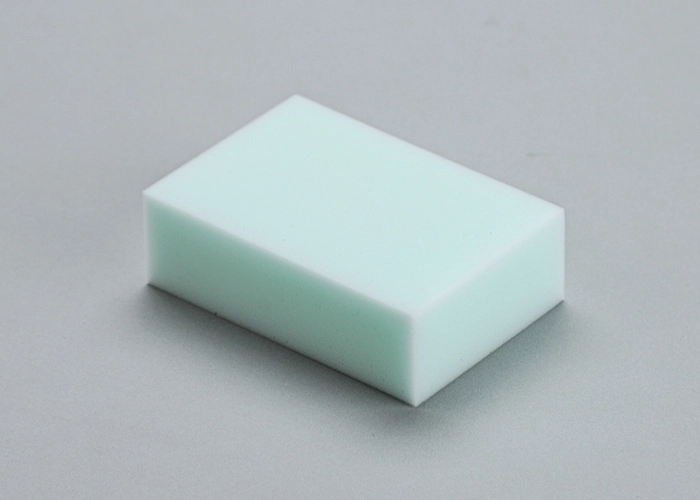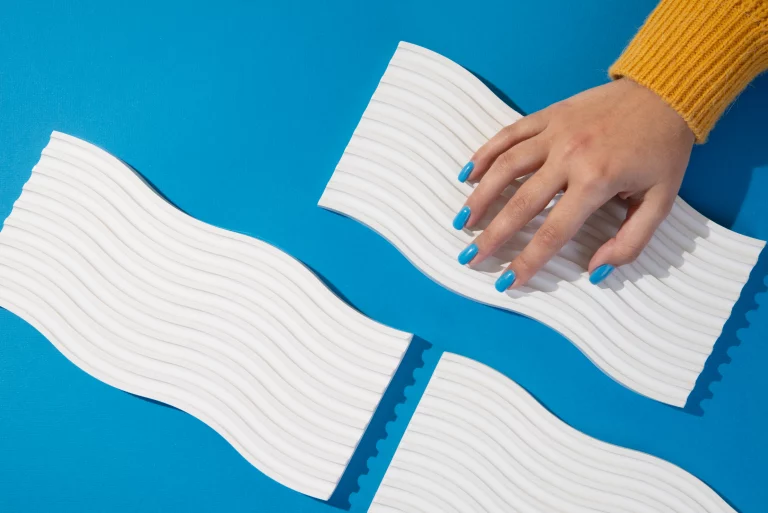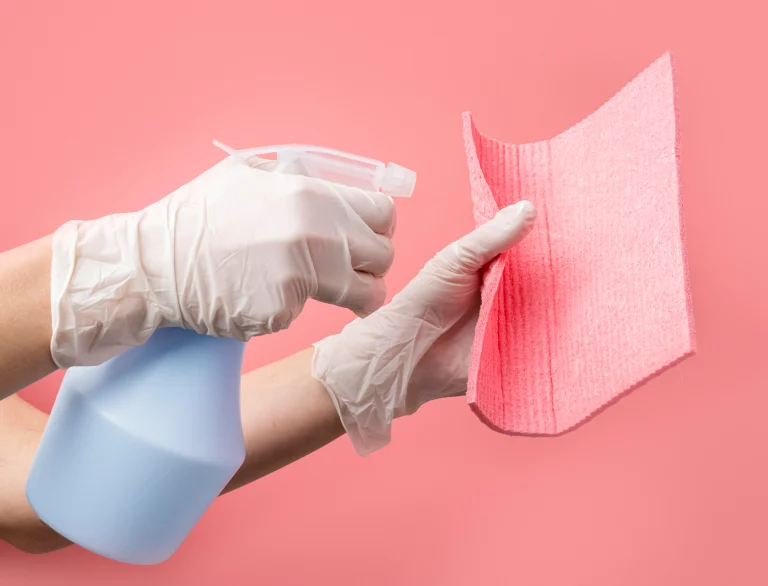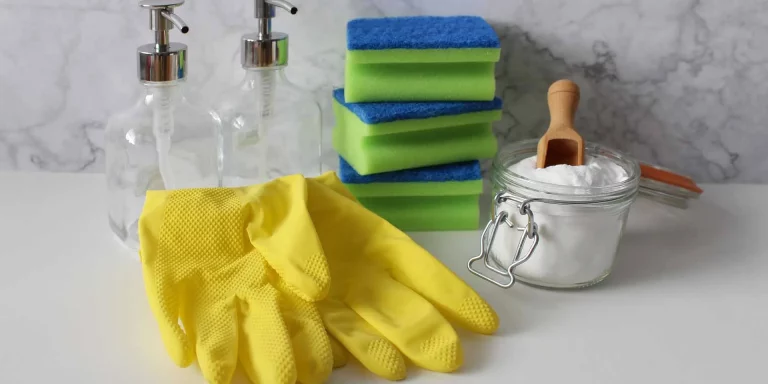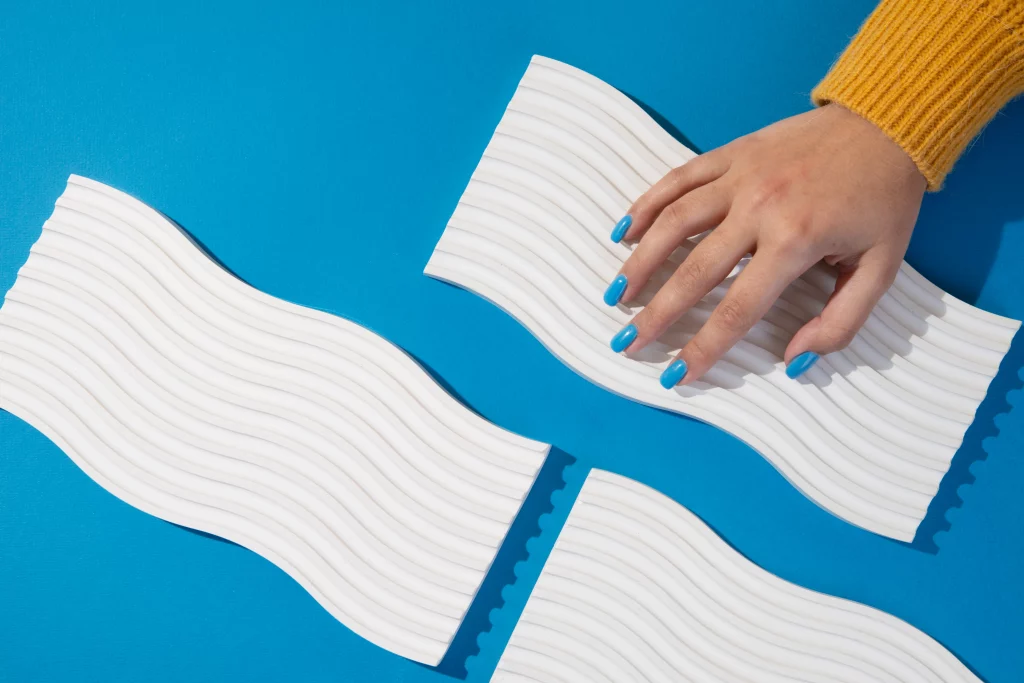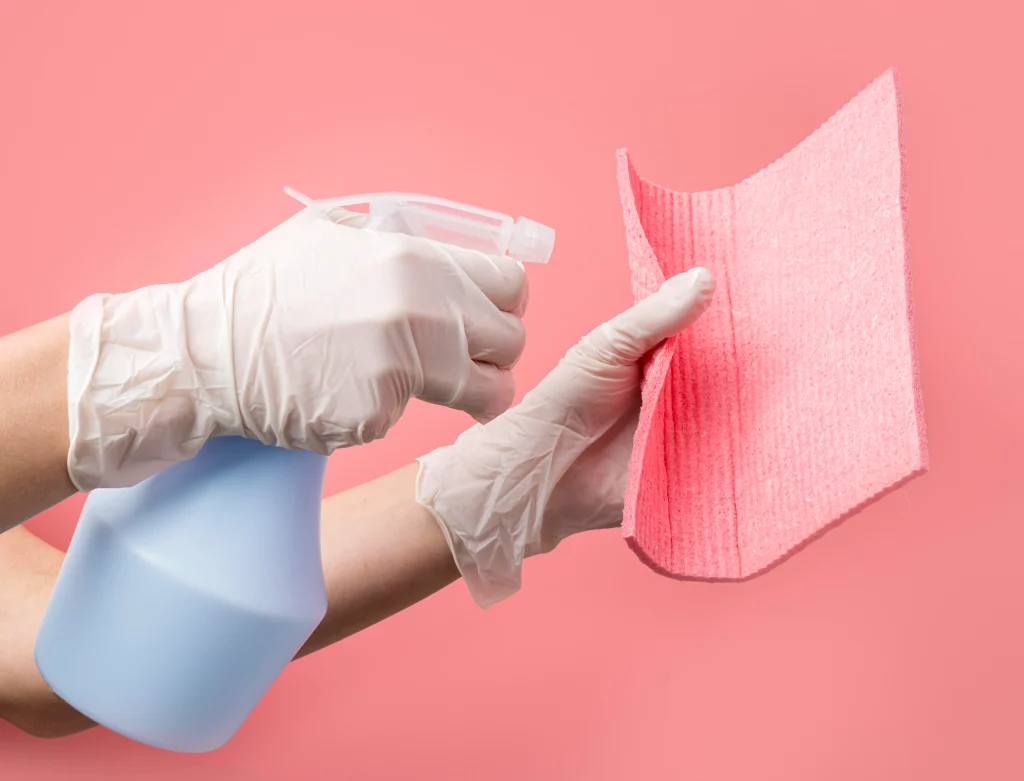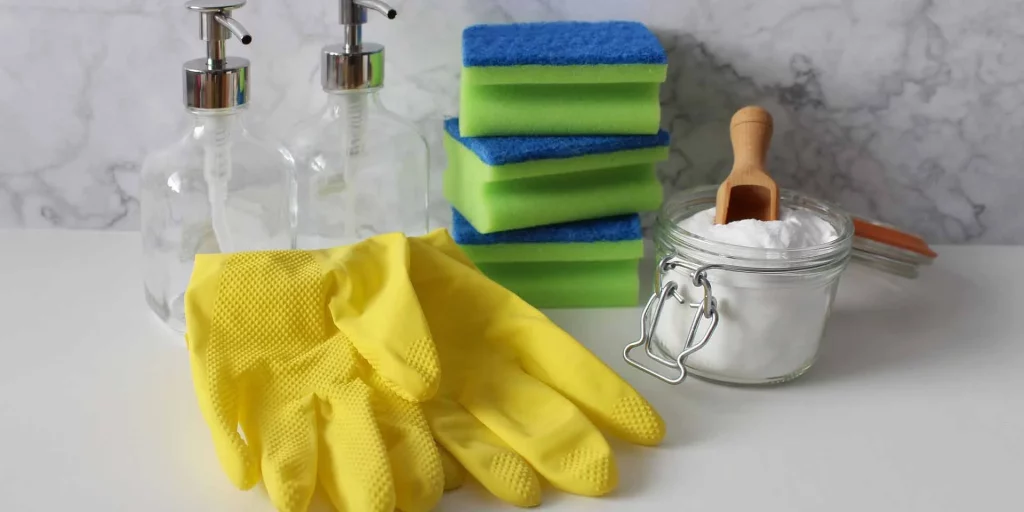High density melamine sponges are awesome tools for cleaning tough messes. They’re made special to scrub away dirt easily. Let’s dive into what makes them so great.
Composition and Structure
High density melamine sponges are made from melamine foam. This stuff has a cool microporous structure. Melamine foam/melamine foam (FT8-Hy) has a web of tiny cells. These create a scratchy but soft texture. It works like gentle sandpaper. This makes it super good at cleaning hard stains without hurting surfaces. The Compressed Melamine Sponge is built for cleaning. It’s tougher and lasts longer. This design helps it handle all kinds of cleaning jobs well.
Let’s see how tough and long-lasting these sponges are.
Durability and Longevity
High density melamine sponges are really strong. The compressed kind lasts longer than regular ones. It has a solid build that fights wear and tear. This means it stays good even after lots of use. You can clean with it many times without it falling apart. This makes it a green choice for cleaning. It saves you from buying new sponges all the time.
Now, let’s check out how well these sponges clean.
Cleaning Efficiency
High density melamine sponges are champs at cleaning. Their special design makes them work great. The tiny pores dig into surface cracks. They grab dirt, grime, and stains easily. Unlike regular sponges, they often need just water. This cuts out harsh chemicals. It makes cleaning simpler and better for the planet. You get a shiny clean with less work.
With these cool features in mind, let’s see how they stack up against regular sponges.
How Do Traditional Sponges Compare in Terms of Performance?
Regular sponges are okay, but high density melamine sponges are better in some ways. Let’s compare them.
Material Characteristics
Traditional sponges are usually made from cellulose or stuff like polyurethane. These work fine for basic cleaning. But they don’t have the tiny pore structure of high density melamine sponges. So, they need more scrubbing or chemicals to clean well. This can sometimes scratch surfaces or leave stains behind.
High density melamine sponges grab dirt better because of their special design. Let’s look at how long they last compared to regular sponges.
Lifespan and Wear Resistance
Regular sponges wear out faster. They break down quickly when used a lot, especially with strong cleaners or rough surfaces. Their holes can also trap germs if not cleaned well after each use. This makes them less useful over time.
High density melamine sponges, especially the compressed ones, hold up better. They stay strong through many cleaning jobs. This makes them a tougher and longer-lasting choice.
Effectiveness in Cleaning Various Surfaces
Traditional sponges can clean lots of surfaces. But they struggle with tough stains or tricky textures where dirt hides in tiny spots. High density melamine sponges are better here. They fit into small cracks and clean deeply without extra effort. This makes them awesome for hard-to-clean places.
Now, let’s explore why these sponges are so good at tackling tough stains.
Why Is High Density Melamine Sponge More Effective for Tough Stains?
High density melamine sponges are superstars at removing stubborn marks. Let’s see why they’re so great.
Microporous Structure Benefits
The tiny pores in high density melamine sponges make them amazing for tough stains. These little cells act scratchy to lift dirt off surfaces. They don’t need much force or chemicals. This makes them perfect for cleaning marks on walls, floors, or other tricky spots. The sponge grabs gunk easily and leaves things shiny.
Abrasive Yet Non-Damaging Properties
High density melamine sponges are scratchy but gentle. They clean powerfully without harming surfaces. This balance lets you clean delicate things like glass or shiny wood safely. They also work great on tougher stuff like tiles or counters.
PRODUCT CHARACTERISTICS (Melamine Sponge Expert): This design makes high density melamine sponges a smart and gentle fix for all kinds of cleaning needs at home, work, or in factories.
But, are there any downsides to these sponges? Let’s find out.
Are There Any Limitations to High Density Melamine Sponges?
High density melamine sponges are super versatile, but they have some limits. Let’s look at where they work best and what to watch out for.
Suitable Applications and Restrictions
High density melamine sponges shine on smooth or slightly rough surfaces like glass, tiles, or polished wood. Their tiny pores clean tough stains well. But they might wear out fast on super rough or scratchy surfaces. The foam is a bit delicate. Compressed Melamine Sponge is tougher and greener, but still needs care. Don’t push too hard when cleaning. It can wear out the sponge faster. Also, avoid using them on surfaces with delicate coatings. The scratchy texture might harm those finishes.
Factors That Affect Performance
How well high density melamine sponges work depends on a few things. The surface type matters a lot. Smooth surfaces are easier for the sponge to clean. Tough stains might need a few extra scrubs if they’re really stuck. Water temperature can help too. Warm water softens the foam a bit. This makes it fit surface bumps better. But don’t use harsh chemicals with the sponge. They can break down the foam and shorten its life.
How Can You Choose the Right Sponge for Your Needs?
Choosing the best high density melamine sponge is easy if you think about your cleaning needs. Let’s go over how to do it.
Evaluating Cleaning Requirements
Start by thinking about the messes you clean most. Are you tackling tough grime on tiles or metal? A Compressed Melamine Sponge might be best. It’s super tough and lasts longer. Melamine foam/melamine foam (FT8-Hy) is great for detailed jobs. It gets into tiny cracks and cleans textured surfaces well. This makes it handy for homes or big work sites.
Considering Surface Sensitivity
Think about the surfaces you’re cleaning. High density melamine sponges are gentle, but their scratchy nature can harm delicate stuff like lacquered furniture or soft plastics. Test the sponge on a hidden spot first. Also, consider how often you clean. For regular heavy cleaning, like in restaurants or offices, a compressed sponge lasts longer. It keeps working well without breaking down.
With these tips, let’s explore why FoamTech’s sponges are so special.
What Makes FoamTech’s High Density Melamine Sponge Stand Out?
FoamTech’s high density melamine sponge is a cut above the rest. Let’s check out what makes it awesome.
Advanced Manufacturing Techniques
FoamTech uses top-notch methods to make their high density melamine sponge. These tricks make the sponge stronger and better at cleaning. It stays light and bendy but doesn’t fall apart easily. PRODUCT CHARACTERISTICS (Melamine Sponge Expert): This design cleans well and lasts through lots of tough jobs. The compressed version is even tougher. It holds up during hard scrubbing without losing its shape.
FoamTech’s sponges are built to handle all kinds of cleaning tasks. They’re a trusty choice for pros who need great results.
Applications Across Industries
FoamTech’s high density melamine sponge works in tons of places. At home, it makes quick work of scuff marks on walls or floors. In hotels or restaurants, it keeps things super clean for guests. In factories, it’s great for scrubbing grease off machines or shining up metal. It cuts down on harsh chemicals, which is good for the planet.
APPLICATION AREAS (Melamine Sponge Expert): This sponge handles all sorts of cleaning challenges. It saves money and keeps things green by needing fewer chemicals.
FAQ
Q1:How often should I replace my high density melamine sponge?
A: It depends on how much you use it and what you’re cleaning. Check it often for wear. Swap it out when it starts to crumble to keep cleaning strong.
Q2:Can I use high density melamine sponges on all surfaces?
A: They work best on smooth or slightly rough surfaces like glass or tiles. Avoid delicate coatings or soft plastics. Test on a hidden spot first.
Q3:Do high density melamine sponges need special storage?
A: Keep them dry and away from harsh chemicals when not in use. Store in a cool, dry place to make them last longer.


